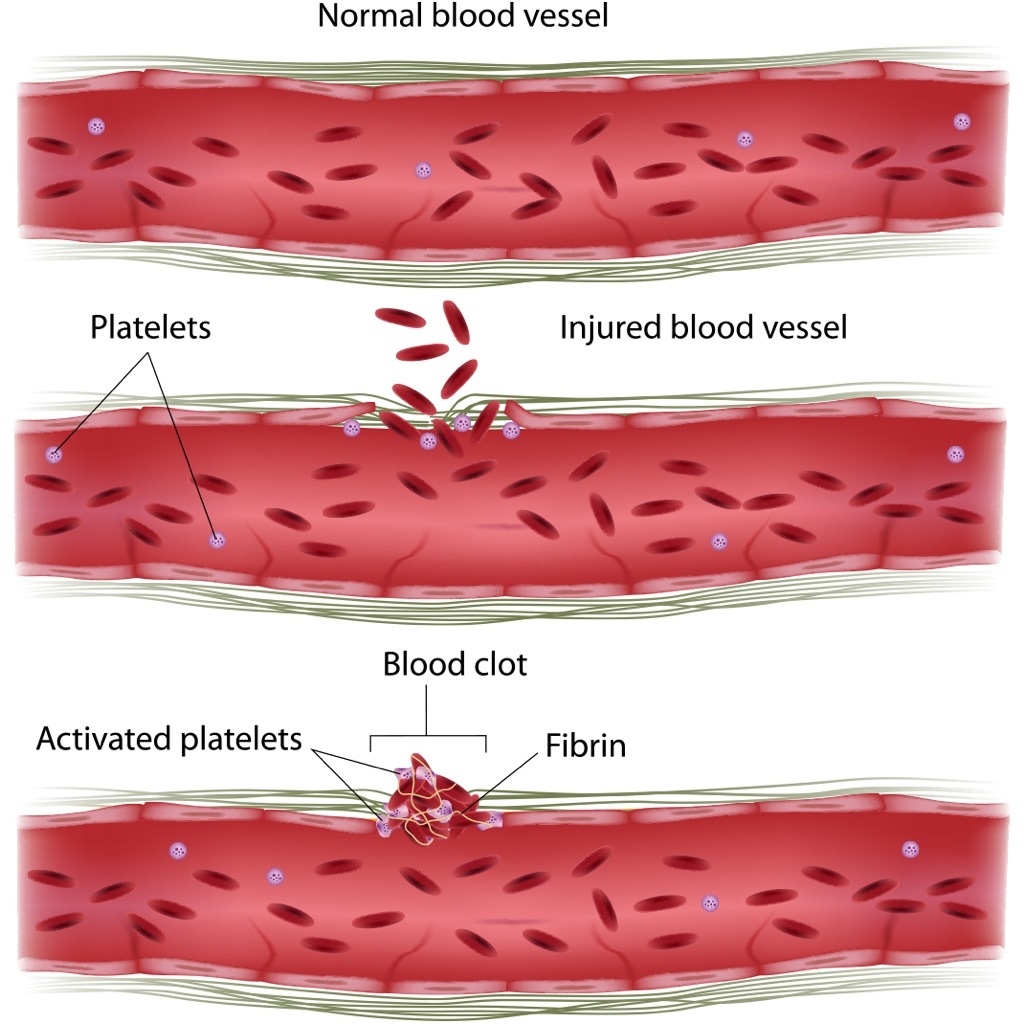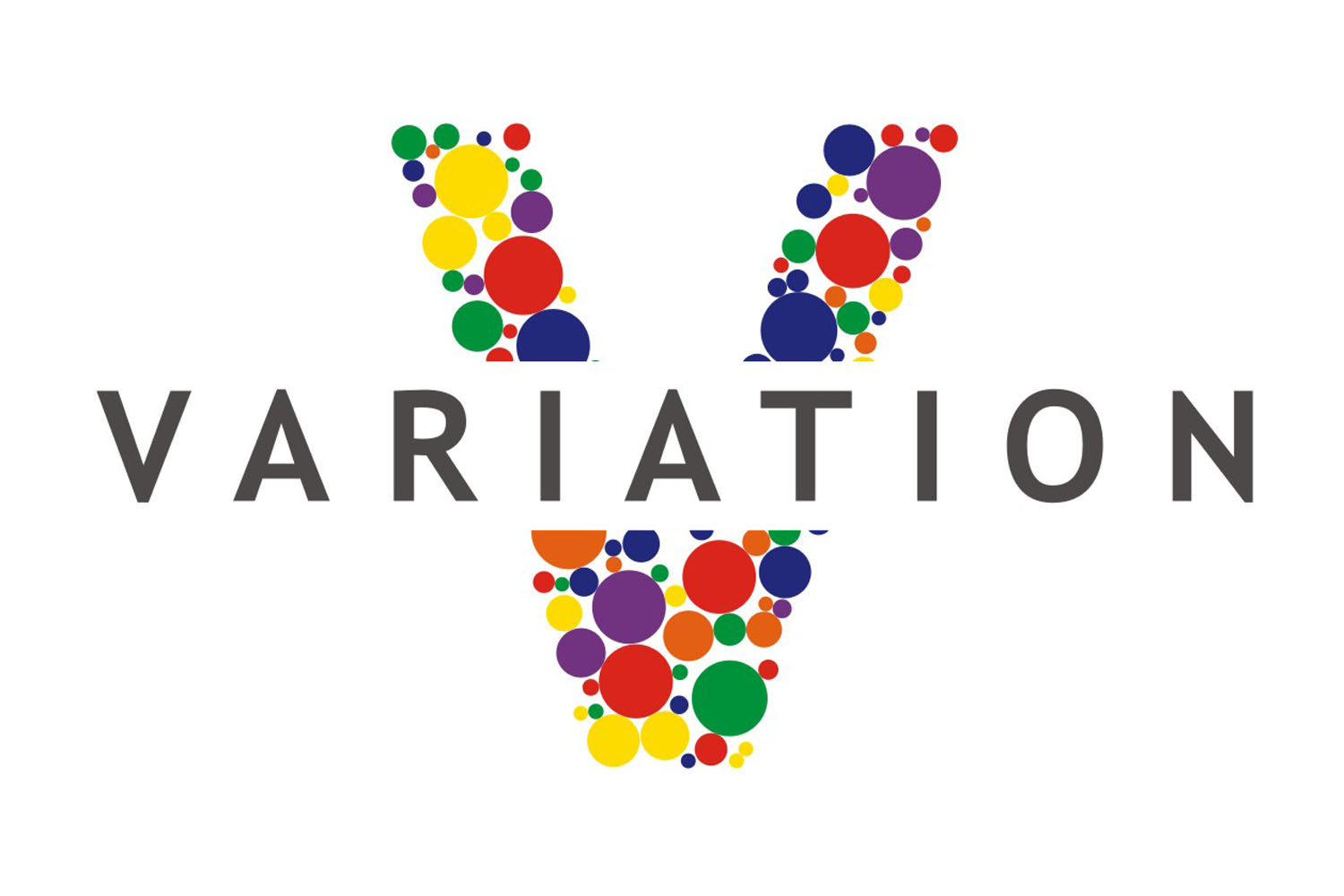Monoclonal antibodies: Principle, Technique and Uses
Antibodies are produced ordinarily by infection or immunization in an animal in response to a single antigen. They are heterogenous as they are synthesized by several different clones of antigens, i.e. they are polyclonal. Such antisera contain immunoglobulins of different classes with specificities against different epitopes of the antigen. Principle Monoclonal antibodies are those which … Read more






